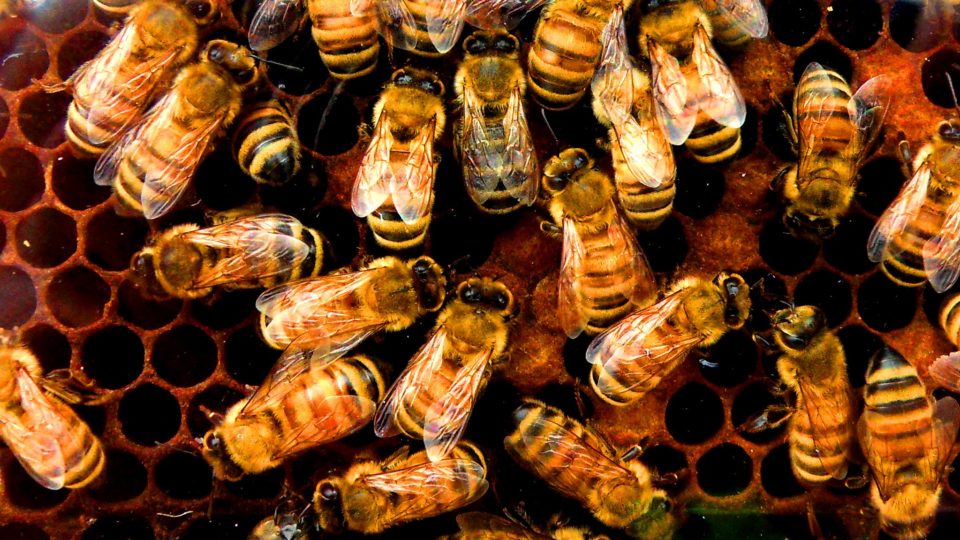The latest annual nationwide survey of beekeepers in the US revealed that honeybees are still dying off at an alarming rate. According to the survey, beekeepers across the country lost 40.7% of their honey bee colonies from April 2018 to April 2019.
This annual loss represents a slight increase over the average annual loss of 38.7%. Of greater concern is that winter losses of 37.7% were the highest reported since these annual surveys began 13 years ago and are almost 9% higher than the survey average.
These results are very troubling considering that the elevated losses are continuing even after a decade of intense work trying to understand and reduce colony loss. Evidently, there has not been much progress.
The number one concern among beekeepers is varroa mites, which are lethal parasites that can readily spread from colony to colony. These mites have been decimating bee colonies for years. Products developed to remove mites seem to be getting less and less effective.
But mites are not the only problem for bees. Land use changes have resulted in reduced availability of pollen sources for bees. Add to that pesticide exposures, environmental factors, and even problems with beekeeping practices. In addition, extreme weather conditions such as wildfires and floods are only adding to the problems facing bees.
The tools that used to work for beekeepers seem to be failing and they are already stretched to their limits trying to keep their bees alive. Honey bees pollinate $15 billion worth of food crops in the United States each year. The problems facing bees are a problem for all of us.
**********
Web Links
Photo, posted June 3, 2009, courtesy of Jennifer C via Flickr.
Earth Wise is a production of WAMC Northeast Public Radio.
